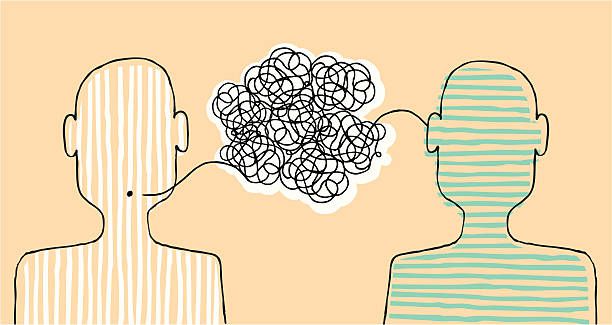Communication and listening skills are perhaps two of the most important abilities to possess when working within an office setting or workspace.
While communication can come easily to people in many situations, in the workplace it's often a different story and the importance of listening to your co-workers properly is greatly overlooked.
TYPES OF LISTENERS
There are two main types of listeners within the workplace; active and passive listeners.
Active listening is the practice of preparing to listen, observing what verbal and non-verbal messages are being sent, and then providing appropriate feedback for the sake of showing attentiveness to the message being presented. This form of listening conveys a mutual understanding between speaker and listener.
Passive:
Passive listening
is little more than hearing. Passive listening is listening without reacting:
allowing someone to speak, without contributing.
The main difference between the two is that active listening also means reacting and communicating back, whereas passive listening is purely listening without reacting.

the benefits of active listening

REDUCES MISUNDERSTANDINGS
By listening and relaying information back to the speaker, you are confirming that you understood what was said and are eliminating the possibility of mix-ups.

STRENGTHENS RELATIONSHIPS
By engaging in active listening, you are more likely to retain the information and understand exactly what is needed of you, allowing you to complete your work accurately the first time.

INCREASES PRODUCTIVITY
Active listening can also help to establish trust and ensure effective communication between colleagues.
POINTS TO THINK ABOUT:
Good listening is much more than being silent while the other person talks. Expressions and relevant interjections of conversation help to show that you've not only listened but also understood the context.
Listening should be seen as a cooperative conversation between all parties involved. Every person involved should be present and communicative.
Good listening helps to create a more harmonious and productive working environment, where everyone feels valued and respected.
Applying active listening in the workplace can not only help to expand your perspective but also make you more aware of what's happening within your workplace. Passive listening still has its merits inside the workplace, but for one on one conversations, active listening will help you to communicate with your colleagues more effectively.


